Risk management isn’t just about tools and processes. It’s about leadership.
For too long, businesses have treated risk management as a responsibility siloed within specific departments. But as the pace of change accelerates and the business landscape becomes more complex, it’s becoming clear that the effectiveness of risk management is directly tied to the quality of leadership at the top. A leader’s ability to foresee challenges, foster a culture of transparency, and make resilient, informed decisions plays a pivotal role in the organization’s risk preparedness.
At Leadership Circle, we believe the most effective risk management strategies start with conscious, self-aware leaders. Here’s why.
The Limits of Traditional Risk Management
Traditionally, risk management has leaned on compliance-based frameworks, checklists, and isolated departments to mitigate risk. While these systems are essential, they are often too rigid to address the fast-moving complexities of today’s world.
Compliance frameworks focus heavily on avoiding legal penalties but often fail to account for dynamic challenges, such as rapidly evolving technology, volatile markets, or geopolitical changes. Siloed processes further compound this issue, creating blind spots where opportunities for collaboration and adaptation are lost.
Additionally, unexamined leadership behaviors can exacerbate organizational risk. A leader who reacts out of fear or clings to control can unintentionally create bottlenecks or overlook emerging threats.
The truth is, risk isn’t static, and neither can the systems managing it be. To thrive, organizations must evolve beyond traditional approaches to integrate risk awareness into leadership itself.
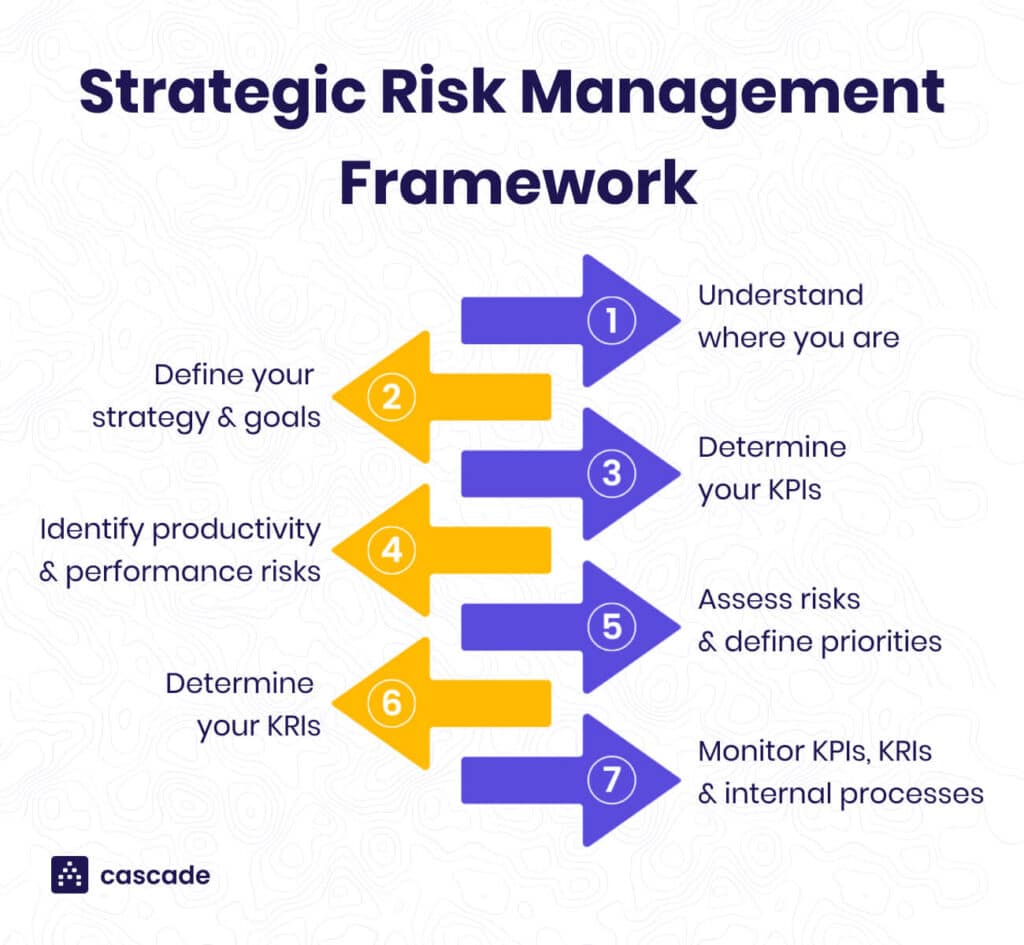
Conscious Leadership: A New Frontier in Risk Management
Great risk management begins with great leadership. While traditional managers aim to avoid risk, conscious leaders are equipped to navigate it. This distinction is critical in a world where uncertainty is inevitable.
The secret lies in vertical development. Unlike technical leadership skills, vertical development focuses on growing a leader’s inner capacity to deal with complexity, ambiguity, and change. This growth equips leaders to see risk not merely as something to guard against, but as an opportunity to learn, innovate, and chart new paths forward.
Conscious leadership shifts the approach to proactive, embedding risk awareness not just into processes but into the core mindset of leadership.
The Role of Self-Awareness in Successful Risk Management
Leaders cannot manage what they cannot see—including their own blind spots. Self-awareness is the foundation for strong risk management, enabling leaders to understand how their emotions, biases, and egos might unconsciously shape their decisions. For example:
- Ego-driven leadership often leads to overconfidence, dismissing valid concerns or warning signs.
- Fear-based leadership triggers defensive decisions, stalling progress and suppressing innovation.
- Control-focused leadership creates an environment where team members are reluctant to surface risks, leaving critical threats undetected.
The Leadership Circle Profile™ (LCP) offers an unparalleled tool to uncover these reactive tendencies. By holding up a mirror to how a leader shows up within their organization, it helps surface blind spots and provides actionable steps to develop capabilities that foster better risk management.
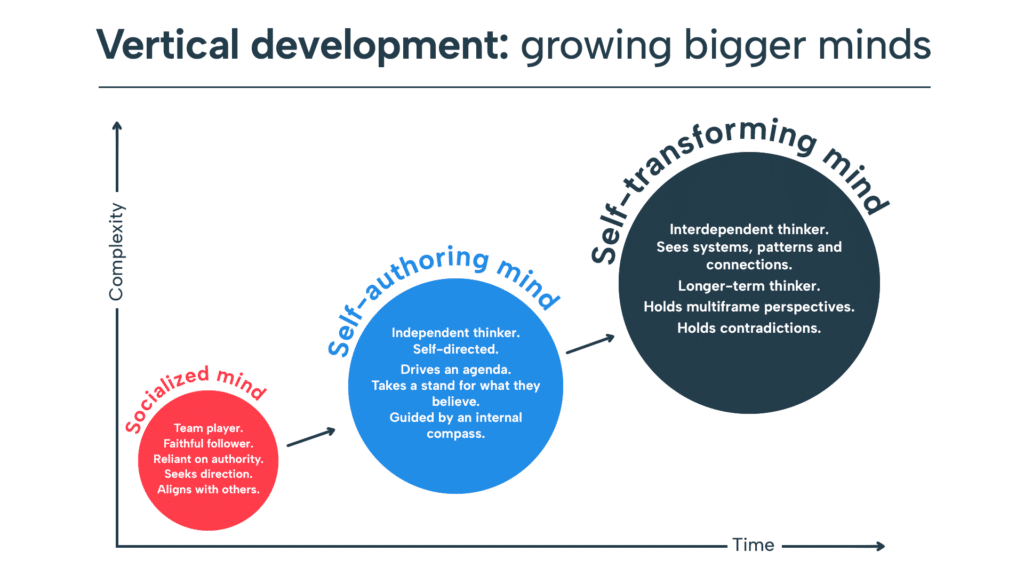
From Compliance to Culture
Risk management needs to move from a set of compliance tasks to a cultural pillar of the organization. Embedding risk awareness in daily operations requires leadership behaviors that foster transparency, psychological safety, and systemic thinking.
Here’s how leaders can transform their organization’s risk management culture:
Open Conversations: Incorporate risk discussions into regular team meetings to ensure that potential issues are identified and addressed promptly.
Fostering Trust: Build a culture where employees feel safe to voice concerns and suggest improvements without fear of negative consequences.
Holistic Approach: Encourage a comprehensive view of problems, considering both immediate and long-term impacts on the organization.
When risk awareness is embedded into the organizational culture, teams become empowered to surface potential challenges early and to tackle them systemically rather than in silos.
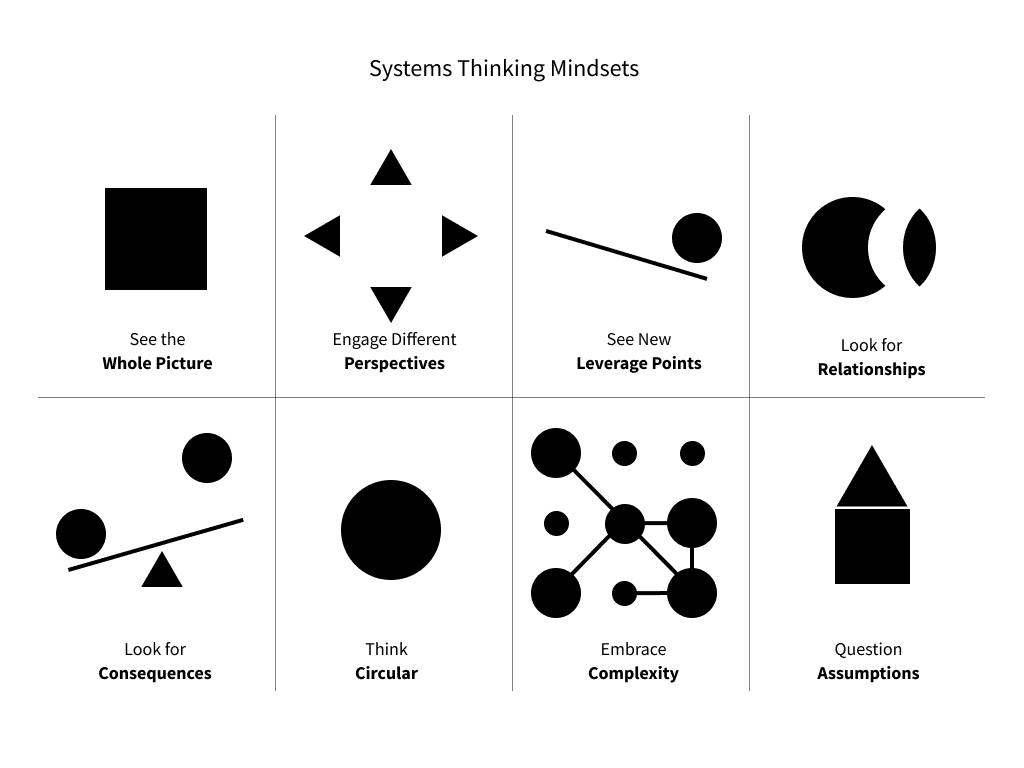
Strengthening Risk Management with the Leadership Circle Profile
The Leadership Circle Profile goes beyond traditional evaluations to measure the mindset patterns that shape leadership effectiveness, making it a game-changer in developing risk-ready leaders.
Here’s how the LCP enhances risk management strategies:
- Strategic Focus: It identifies leaders’ creative competencies, such as developing a clear, long-term vision that helps teams make decisions under uncertainty.
- Composure: It supports emotional intelligence, enhancing leaders’ ability to remain calm and think critically when navigating crises.
- Courageous Authenticity: By fostering open, honest communication, leaders create trust and transparency, essential for effective risk management.
Five Leadership Capabilities that Enhance Risk Management
Every leader can strengthen their organization’s ability to manage risk by developing these five core capabilities:
Systemic Thinking
Leaders with this skill see risk as a set of interconnected factors, understanding how a single decision can create ripple effects across the organization. Systemic thinking identifies persistent problems by examining underlying structures and interrelationships rather than isolated events. This way of thinking requires qualities such as curiosity, clarity, compassion, choice, and courage, and is particularly useful for chronic issues with a known history and previous unsuccessful solutions. Tools like causal loop diagrams help visualize feedback loops and shared mental models, fostering collaborative problem-solving. Beginners can study system archetypes, empowering individuals and organizations with mental tools that expand their range of choices and anticipate the broader impacts of their decisions.
Emotional Intelligence
Managing fear and emotional reactivity is critical to staying objective when addressing risks. Mental Health America defines Emotional Intelligence (EQ) as the capacity to manage one’s own emotions and comprehend those of others, encompassing five key elements: self-awareness, self-regulation, motivation, empathy, and social skills. In the workplace, high EQ is linked to enhanced interpersonal skills, effective conflict resolution, and improved communication. Employees with strong EQ can navigate their emotions, avoid impulsive decisions, and foster empathetic interactions, contributing to better teamwork and a more harmonious work environment. Leaders with high EQ demonstrate self-awareness and empathy, leading to greater employee satisfaction and productivity. Importantly, EQ is not innate and can be developed through intentional practice and self-reflection.
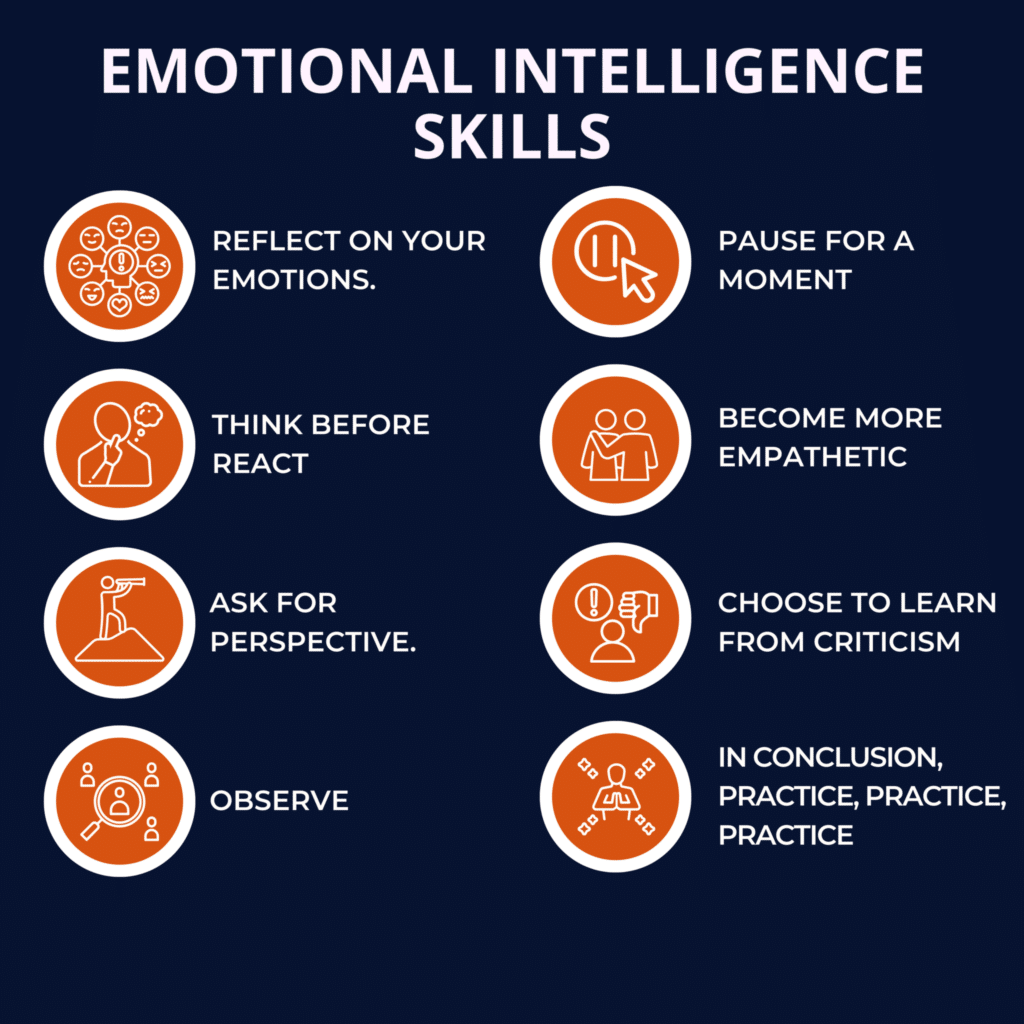
Strategic Courage
Leaders must take calculated risks and act decisively, even in uncertainty, while remaining aligned with long-term objectives. While many leaders adopt a defensive stance, focusing on immediate threats and risk mitigation, others embrace an ambidextrous approach, balancing prudent risk management with bold, forward-looking strategies. These proactive leaders leverage volatility as an opportunity to reassess and rejuvenate their strategies, including reevaluating mergers and acquisitions, reallocating resources, and innovating workforce models. By developing an “insights edge” to better interpret complex data, a “commitment edge” to make decisive moves, and an “execution edge” to implement strategies swiftly and effectively, organizations can not only navigate uncertainty but also gain a competitive advantage.
Transparent Communication
Leaders who foster open dialogue ensure that risks are visible across all levels of the organization, breaking down silos. Workplace transparency ensures clarity on company goals, accountability at all levels, and open, honest communication. The best way to develop this internally is to define transparency within the organization, overcommunicate to keep employees informed, encourage feedback, document decisions, emphasize transparent behaviors, utilize goal alignment software, and hold everyone to consistent standards. Managers play a pivotal role in modeling transparent behaviors, facilitating open dialogues, and supporting career development discussions. Some examples of transparency in action include salary transparency, ongoing performance feedback, clear conflict resolution processes, annual reports, and regular employee surveys. By implementing these practices, organizations can create a culture of openness and integrity, leading to increased employee satisfaction and productivity.
Resilience
By modeling adaptability and a growth mindset, leaders can rally their teams to respond effectively to unexpected challenges. Resilience is defined as the ability to bounce back and thrive amid adversity, whether from daily stressors or significant life events. Given that work is often cited as the top stressor in people’s lives, fostering resilience is essential. Enhancing resilience in the workplace is associated with increased job satisfaction, engagement, happiness at work, organizational commitment, and overall health. Employers can support resilience by promoting open communication, providing resources for stress management, and creating a supportive work environment.
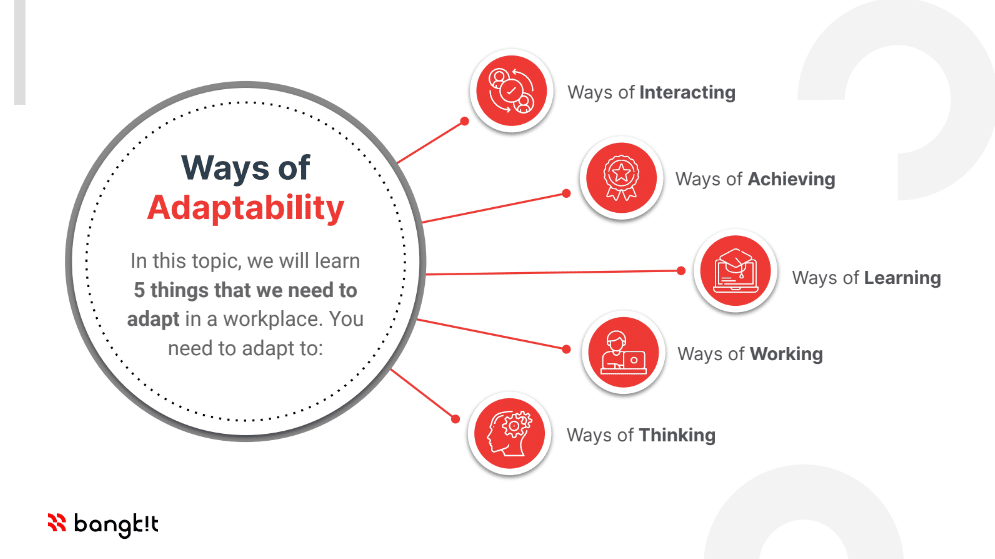
Building Risk-Ready Leadership
Building leadership capacity for risk management doesn’t happen overnight, but it is achievable with a deliberate approach. Here are practical steps to move the needle:
- Integrate Leadership Development with Risk Goals: Use assessments like the LCP to align leadership growth with your organization’s risk management strategy.
- Encourage Coaching Through Risk: Train leaders to coach their teams through uncertainty, rather than defaulting to rigid control.
- Embed Risk Awareness into Strategic Planning: Shift risk conversations from compliance-driven exercises to integral parts of the strategic planning process.
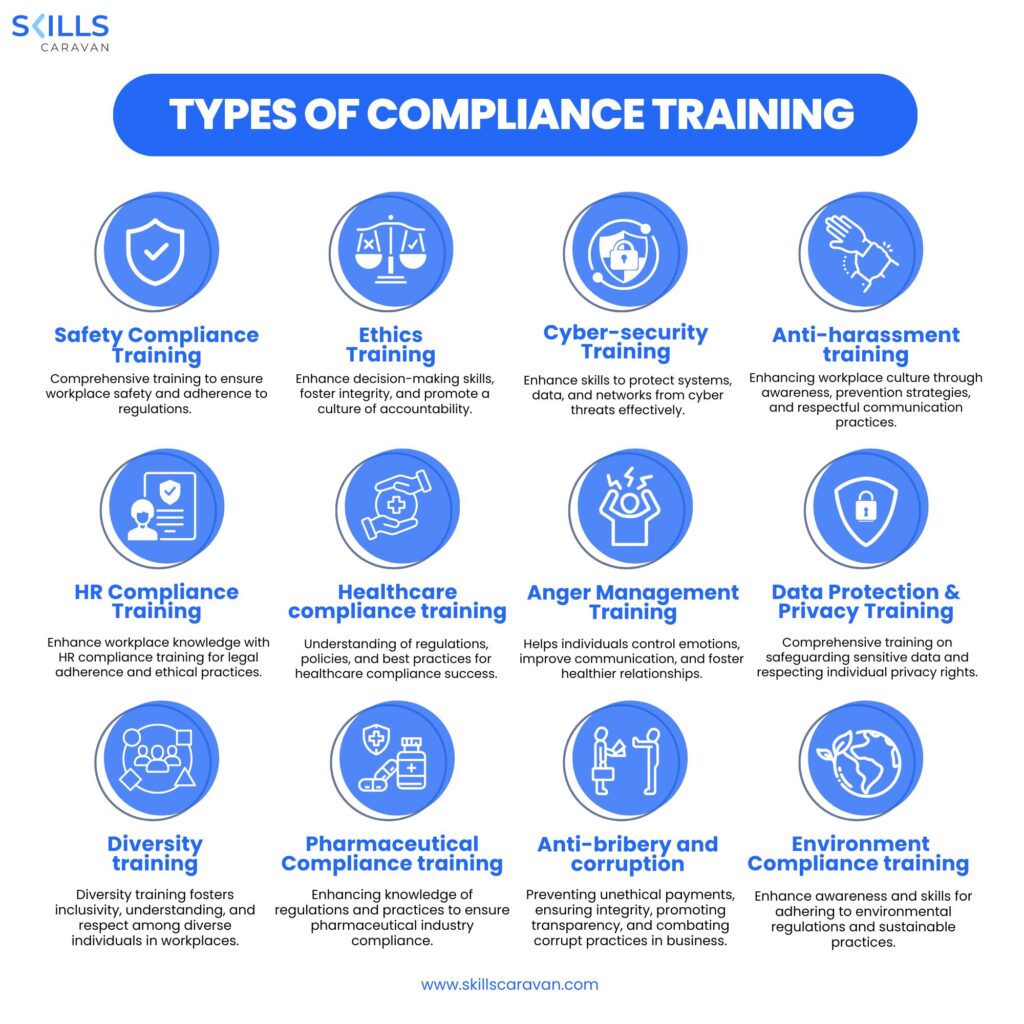
Self-Aware Leadership is the Ultimate Risk Mitigation Tool
At the end of the day, every risk management strategy hinges on the leader behind it. Self-aware leaders, capable of conscious decision-making, create the trust, agility, and foresight necessary to guide their organizations through uncertainty.
Want to elevate your organization’s leadership capabilities and risk readiness? Discover how Leadership Circle helps organizations cultivate transformational leaders who are equipped to thrive in complexity.
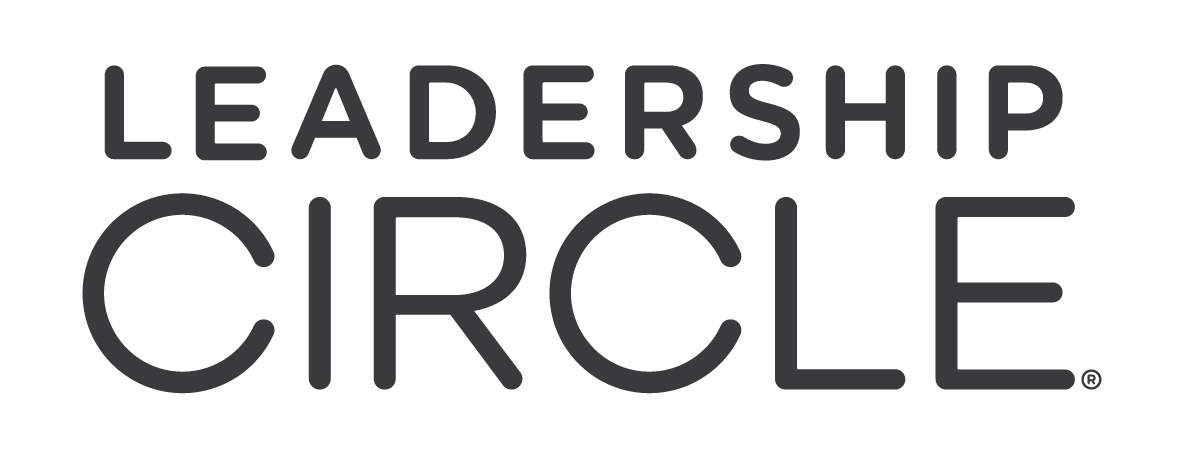





This is such an important reminder that risk management isn’t just a checklist exercise—it’s a leadership mindset. When leaders are self-aware and foster openness, they not only identify risks earlier but also build teams that feel empowered to surface issues before they escalate. In many ways, the leader’s example sets the tone for how an organization navigates uncertainty.
Thanks for making this topic interesting.
I found this very easy to follow.